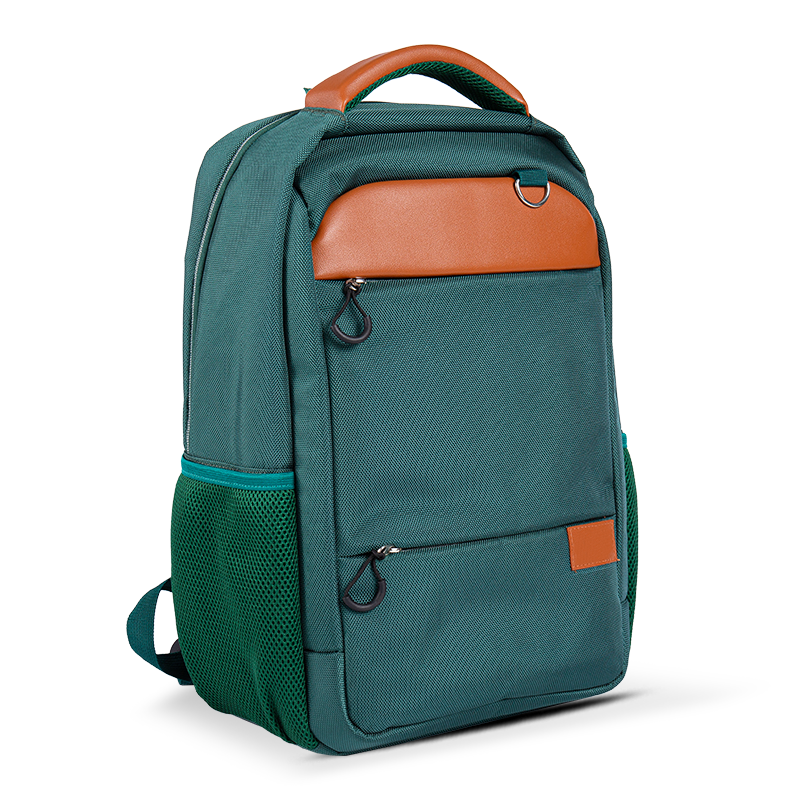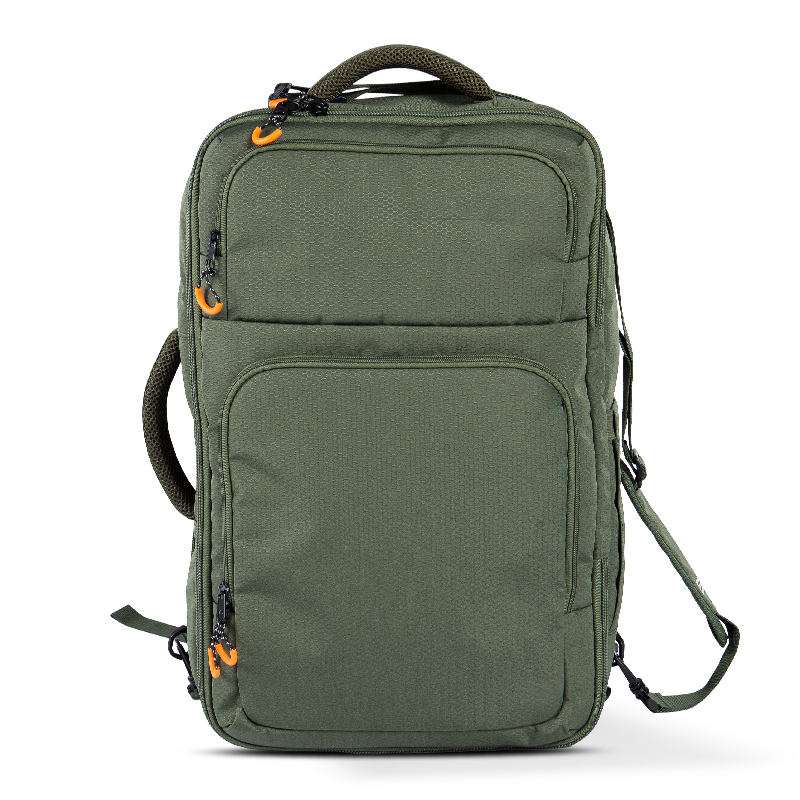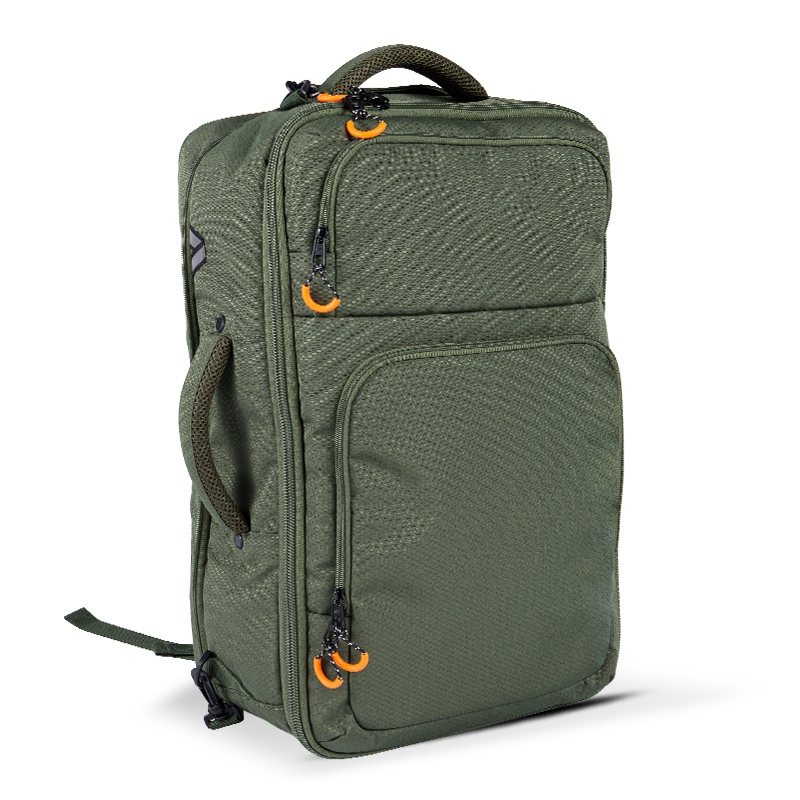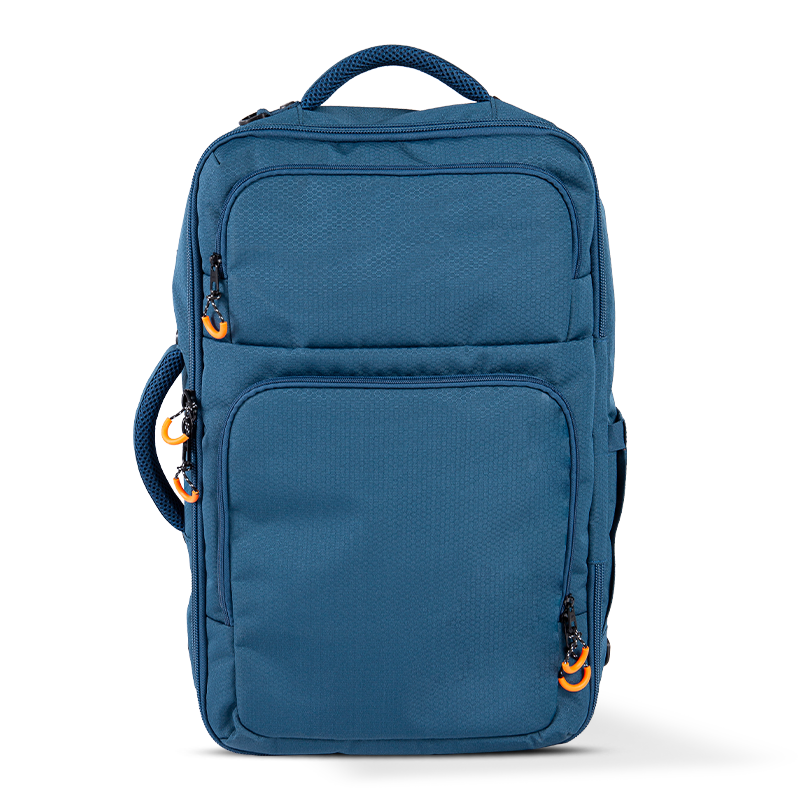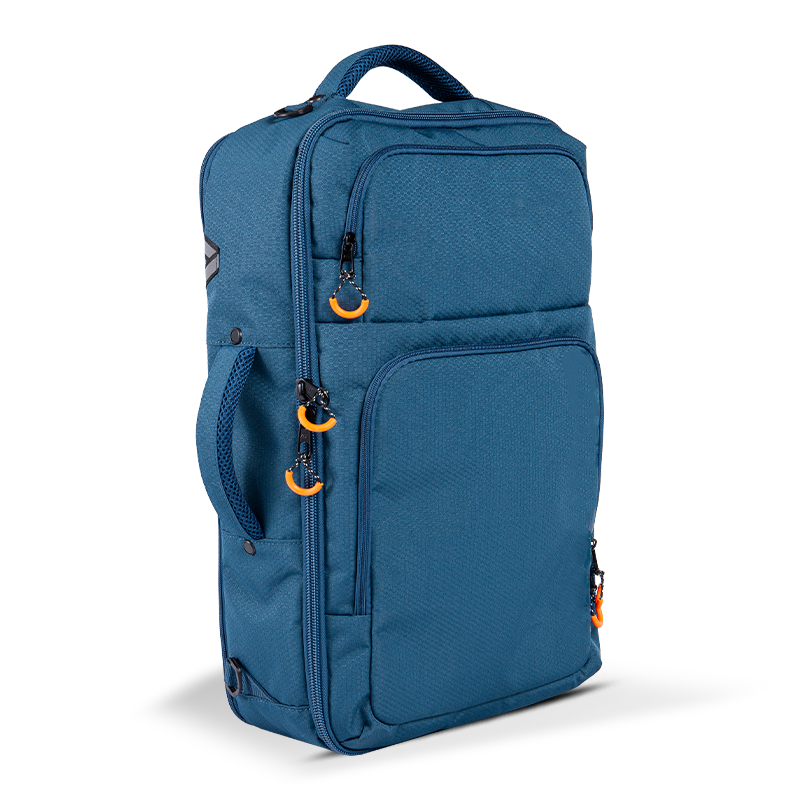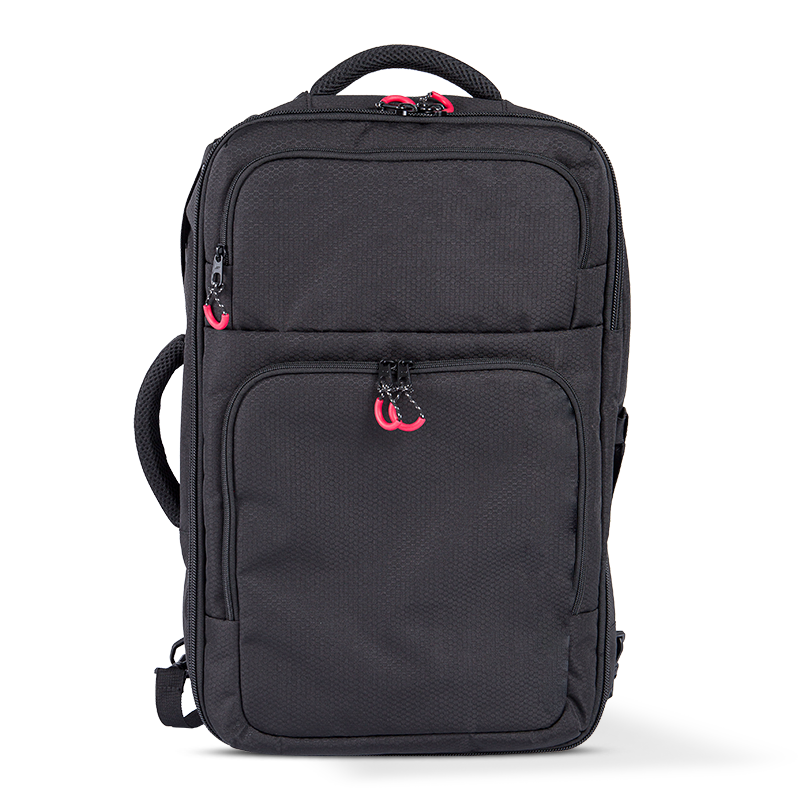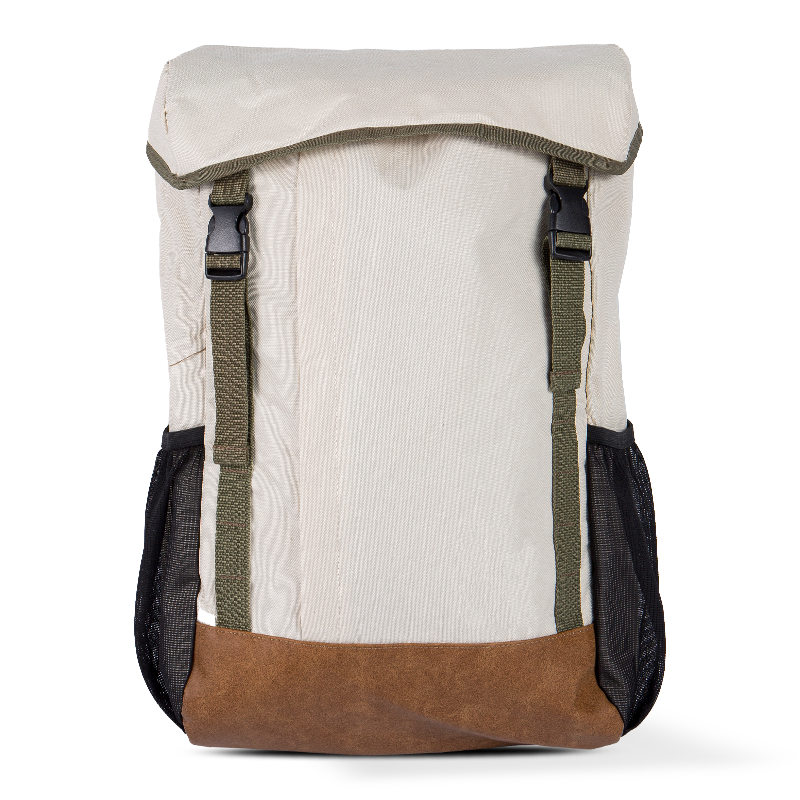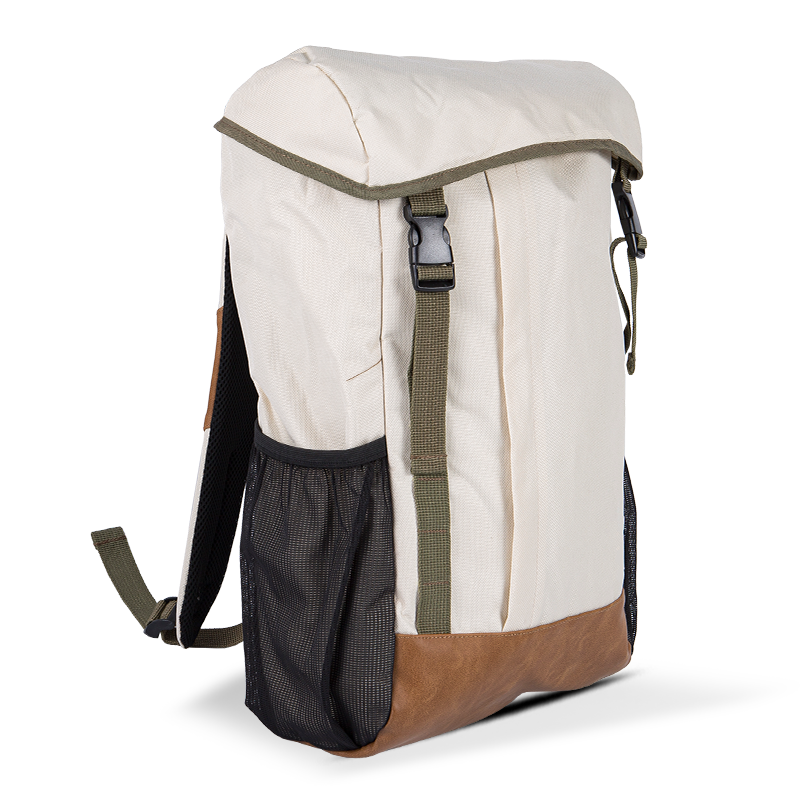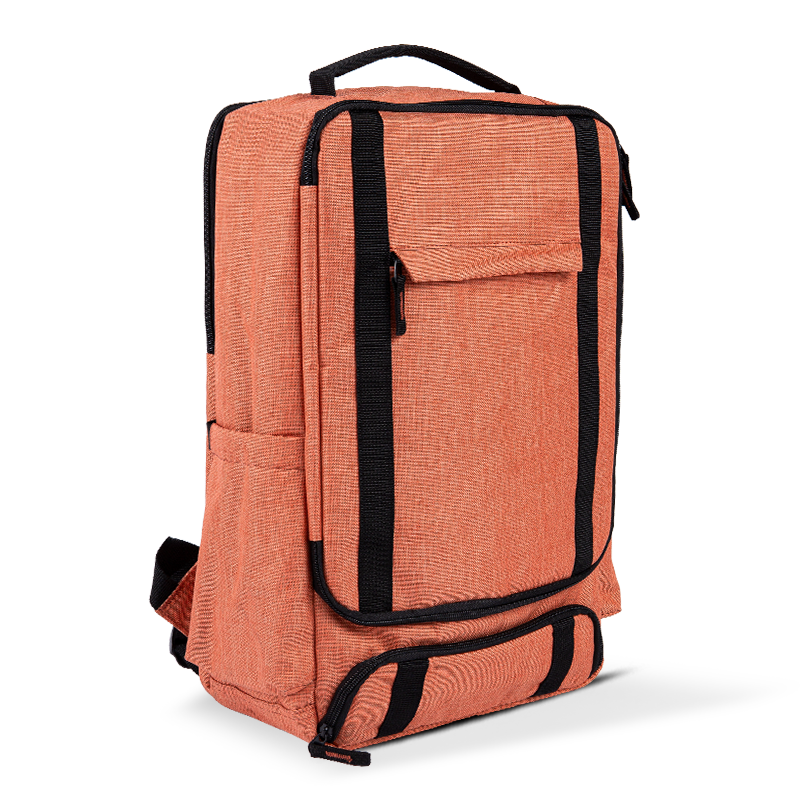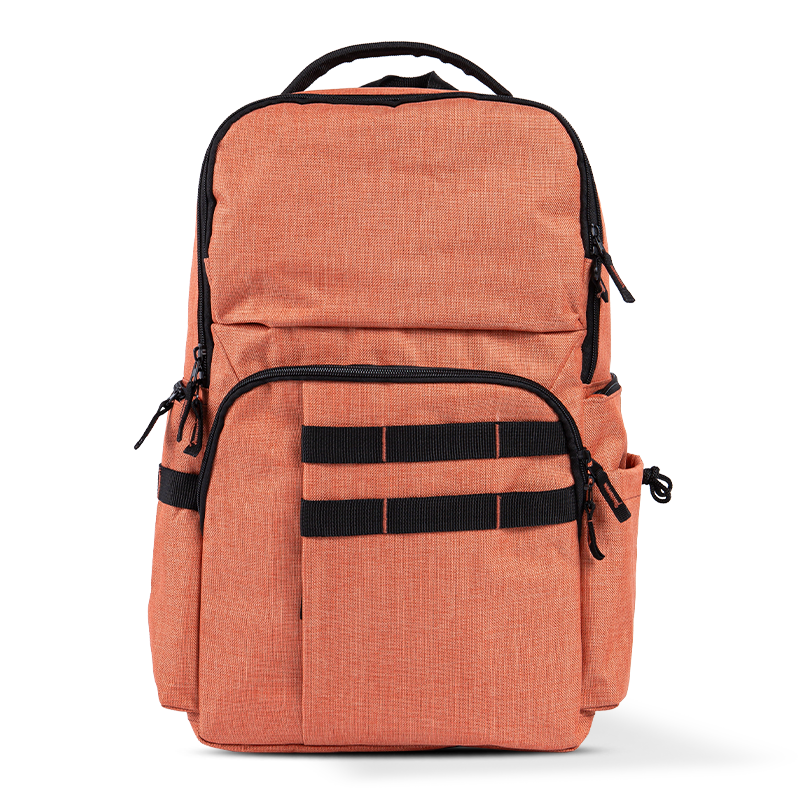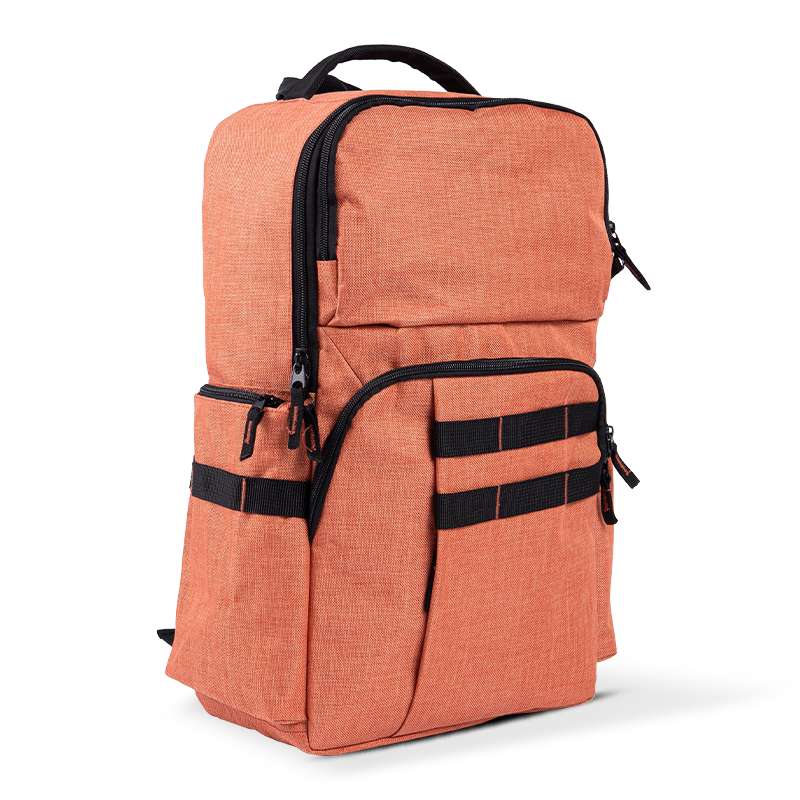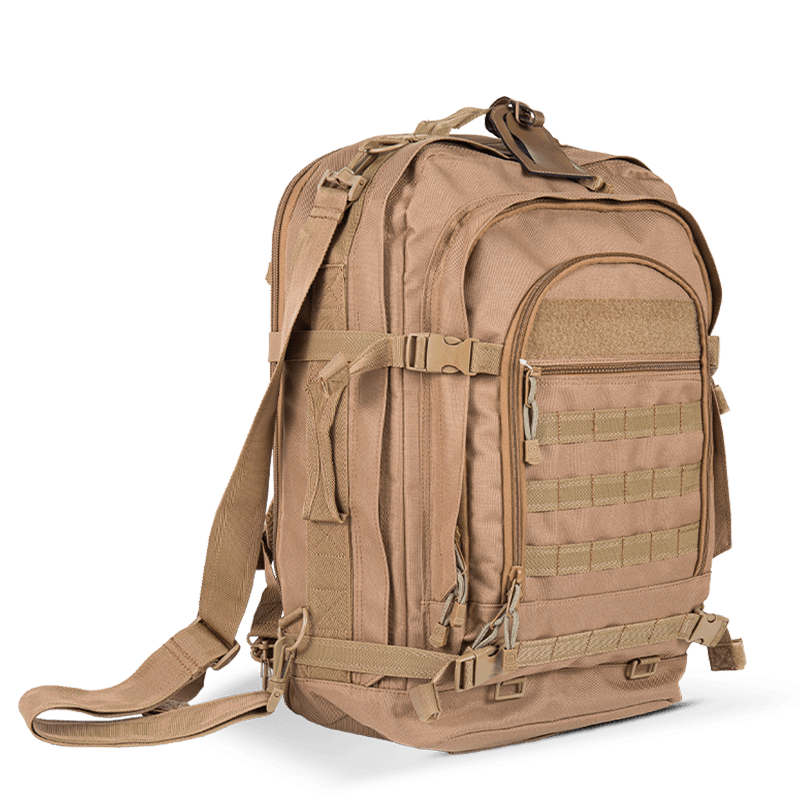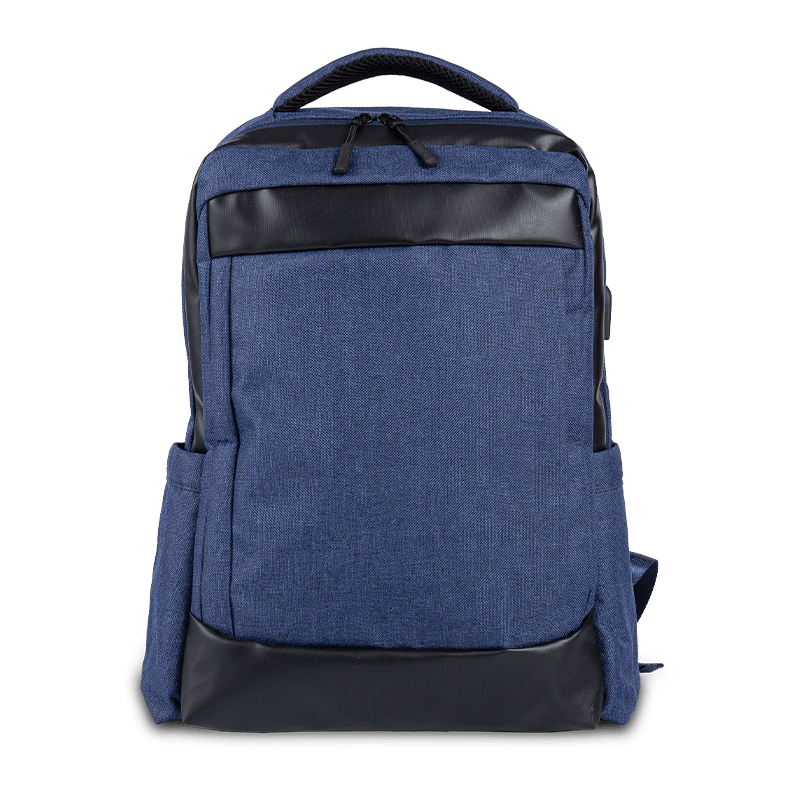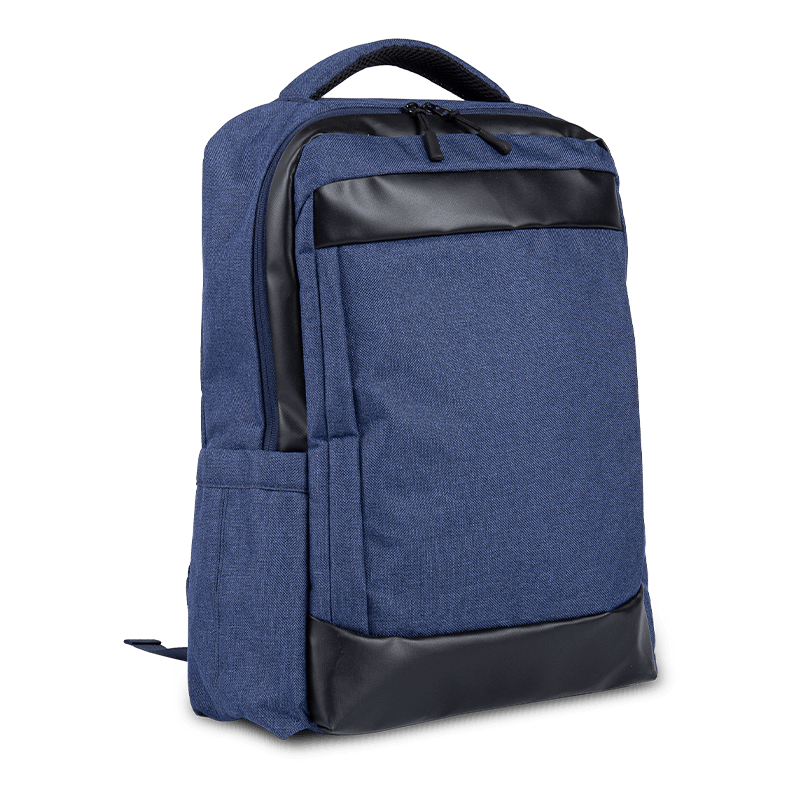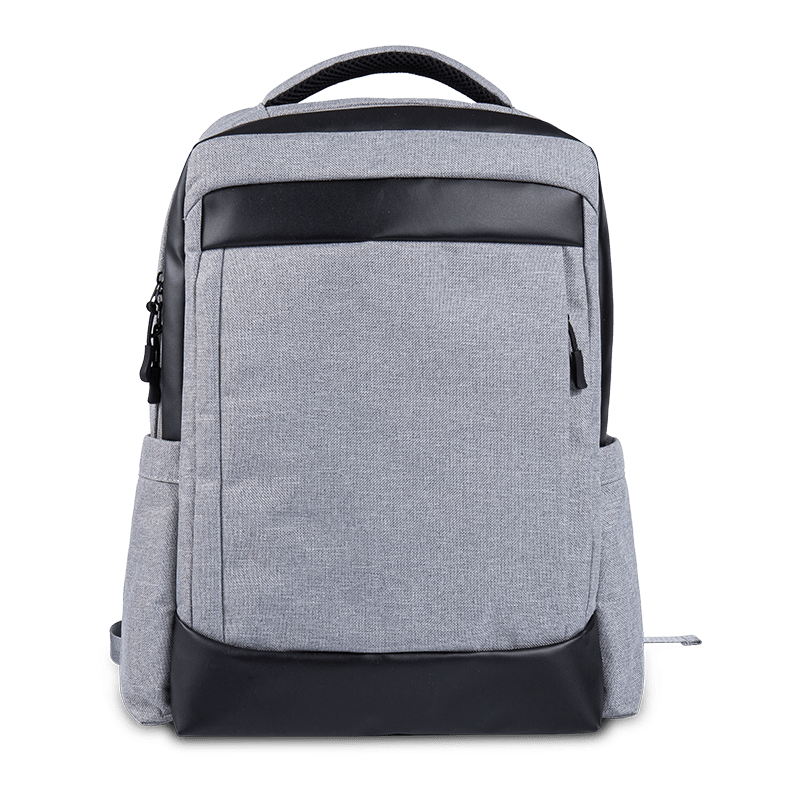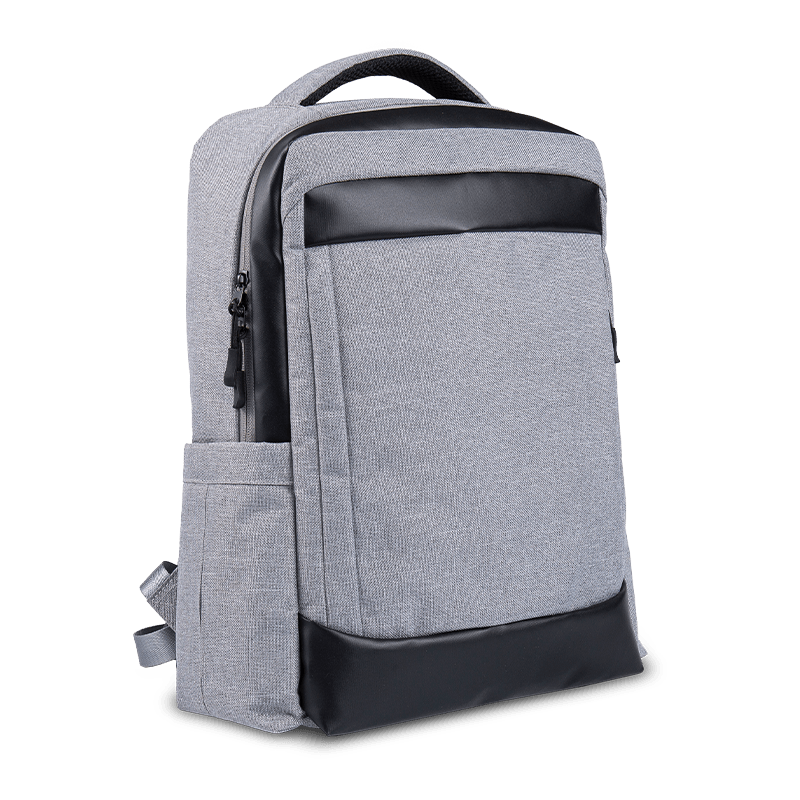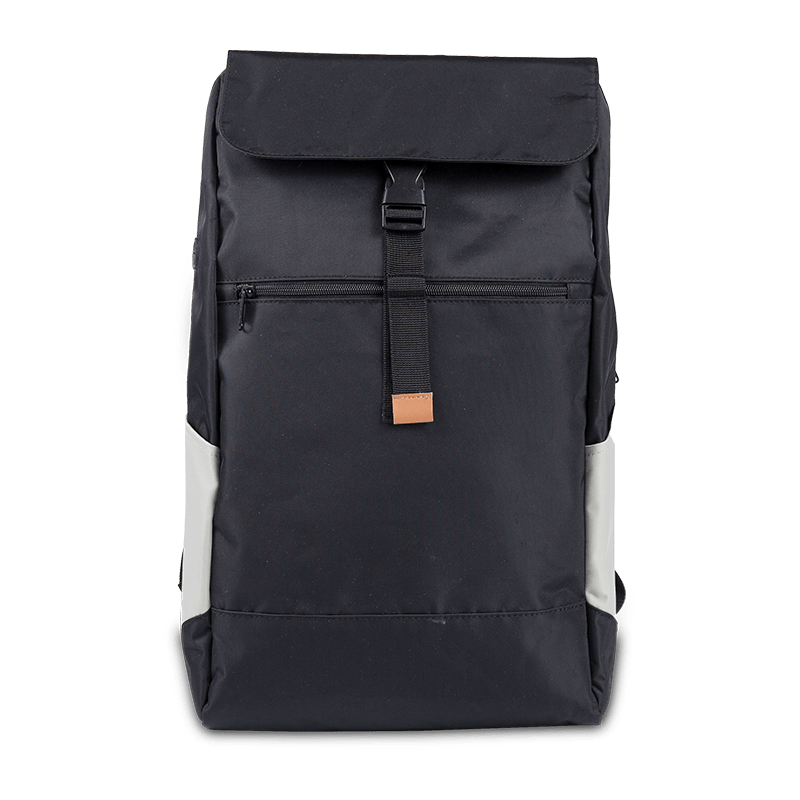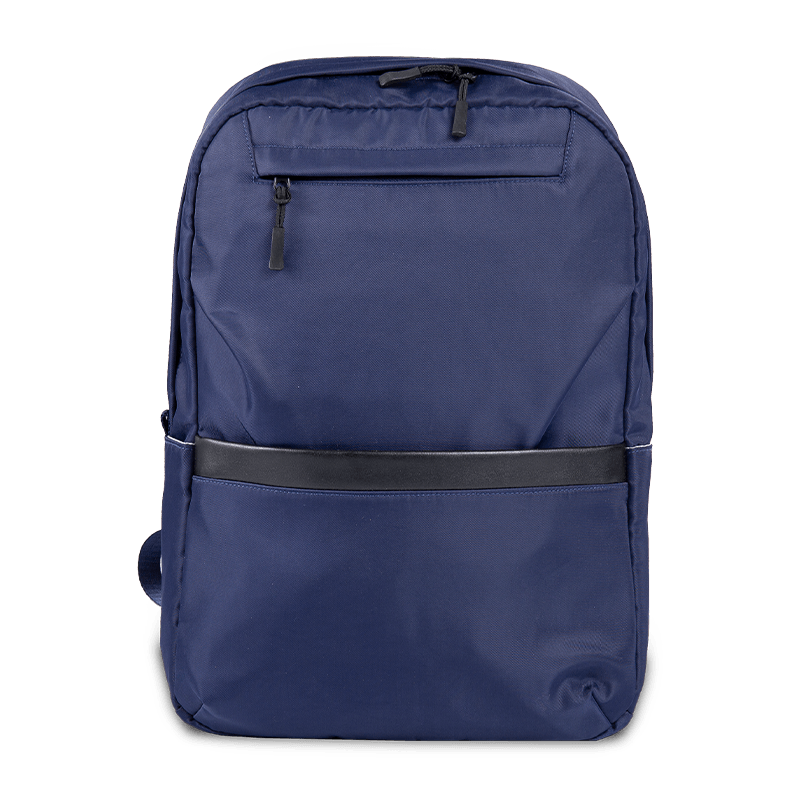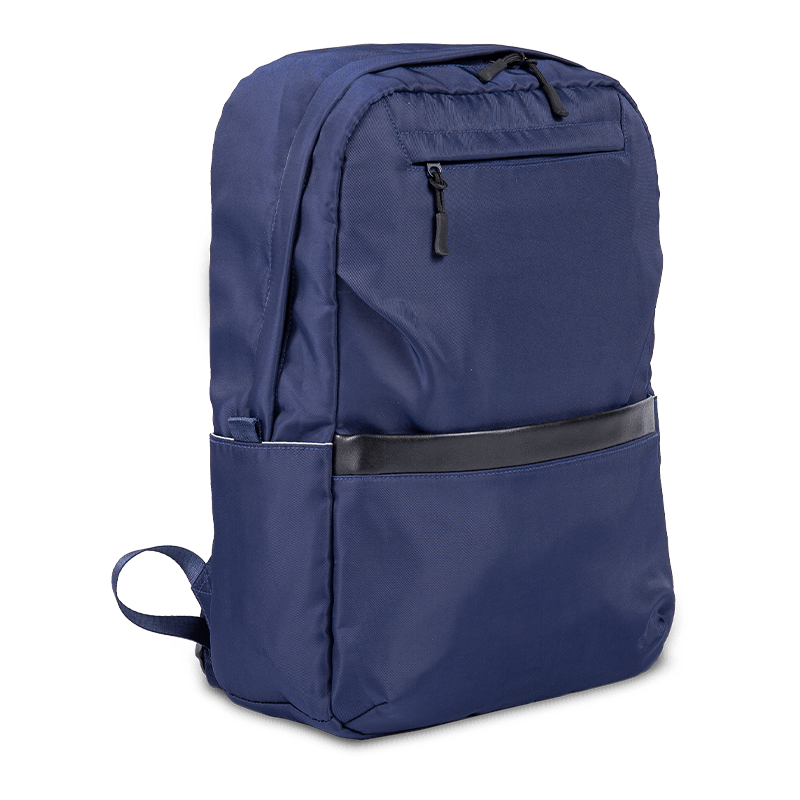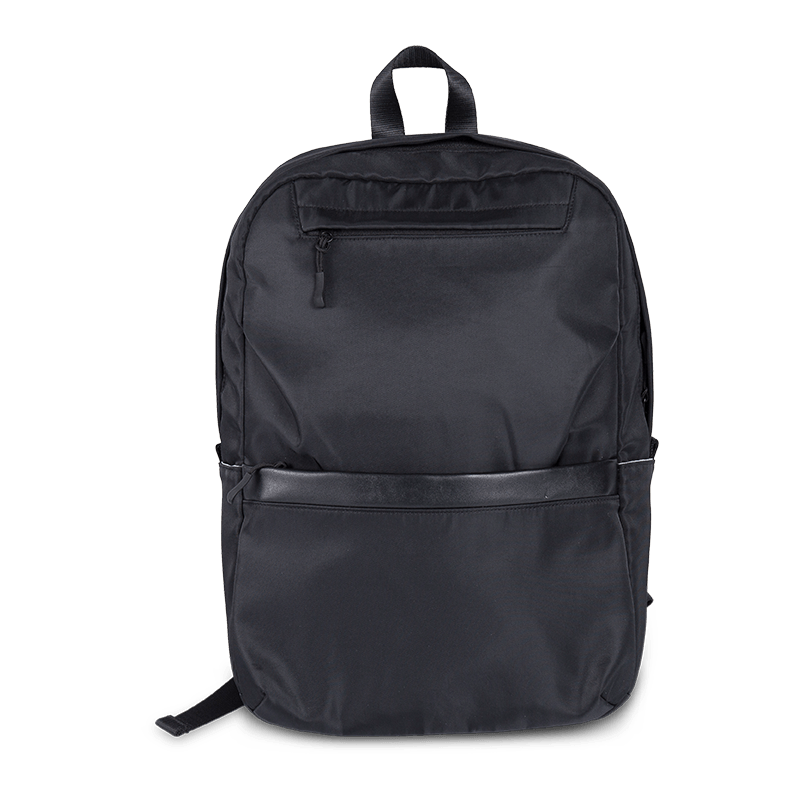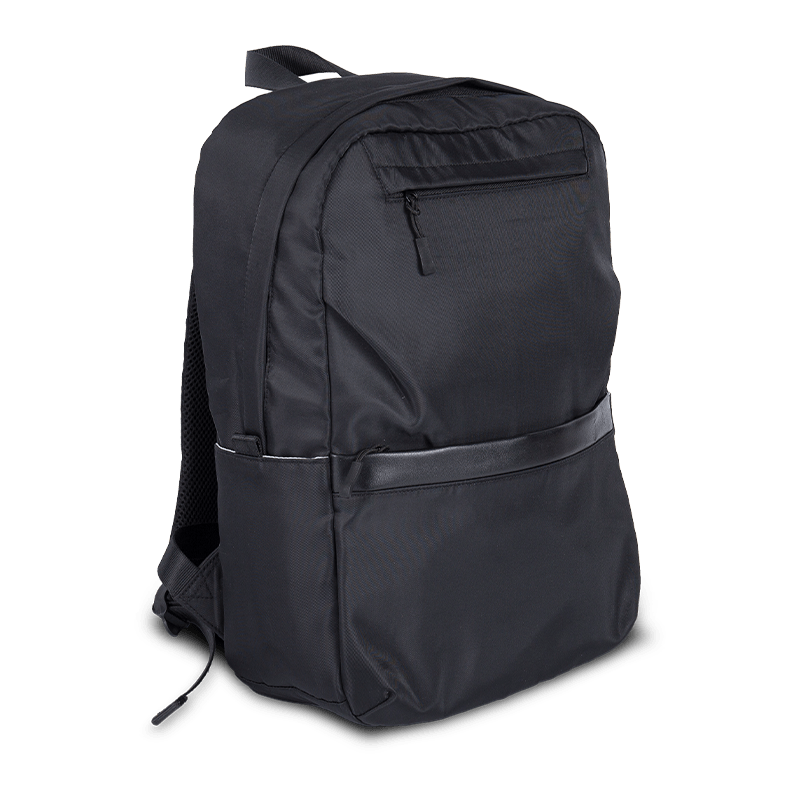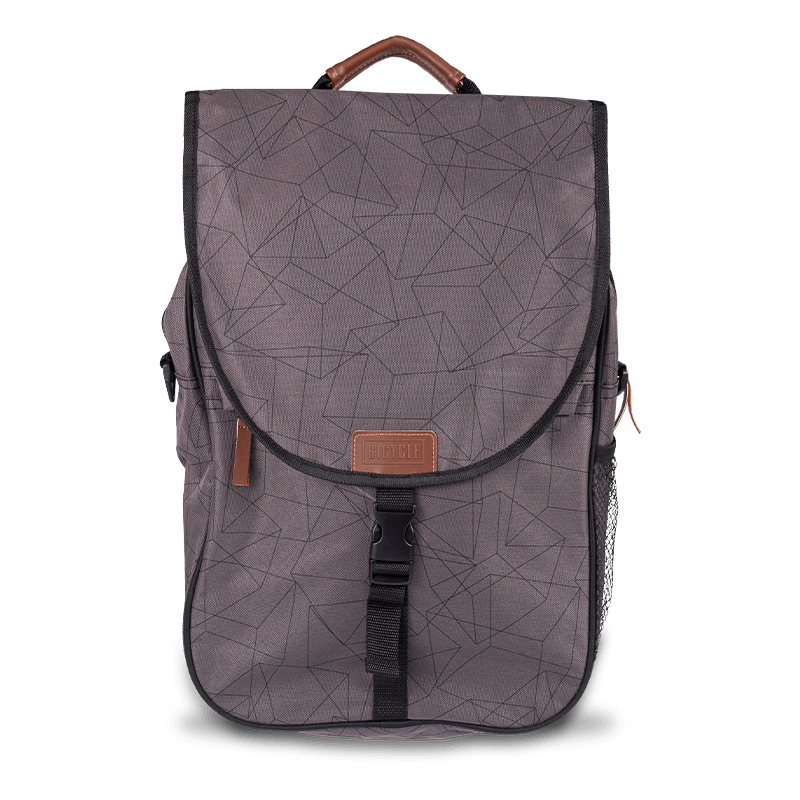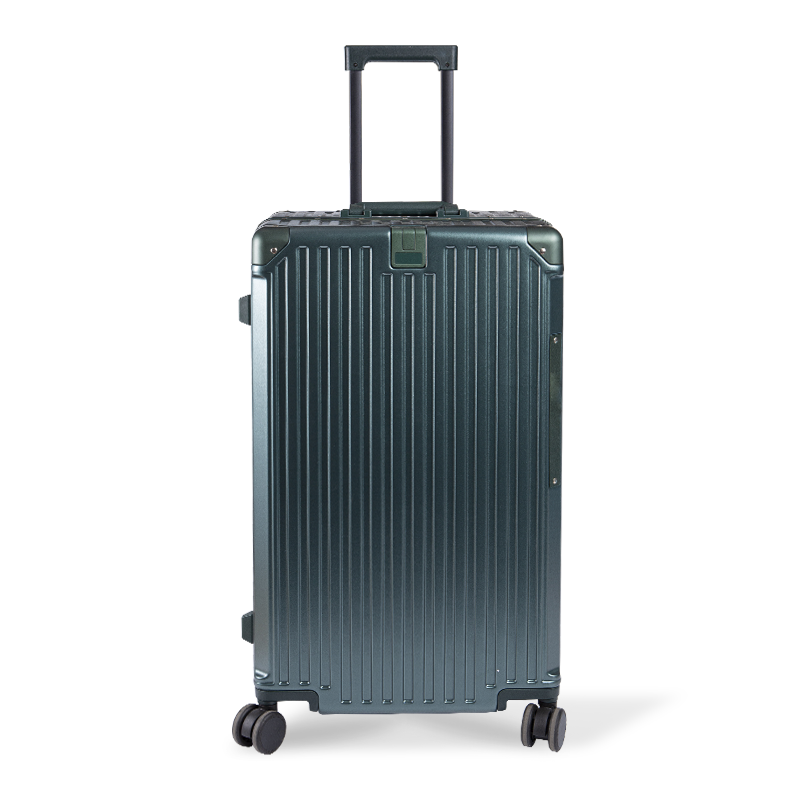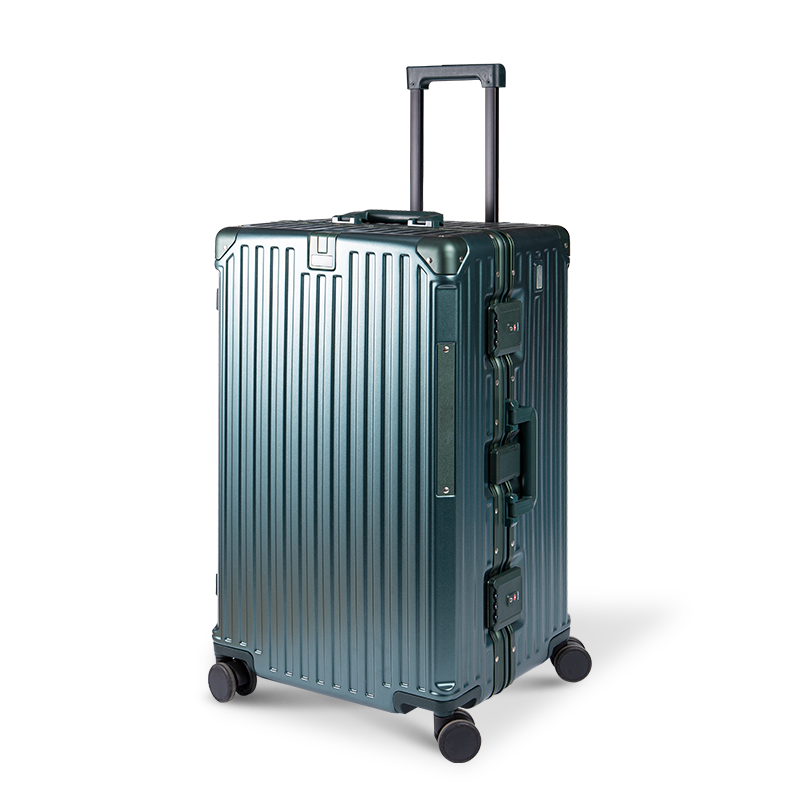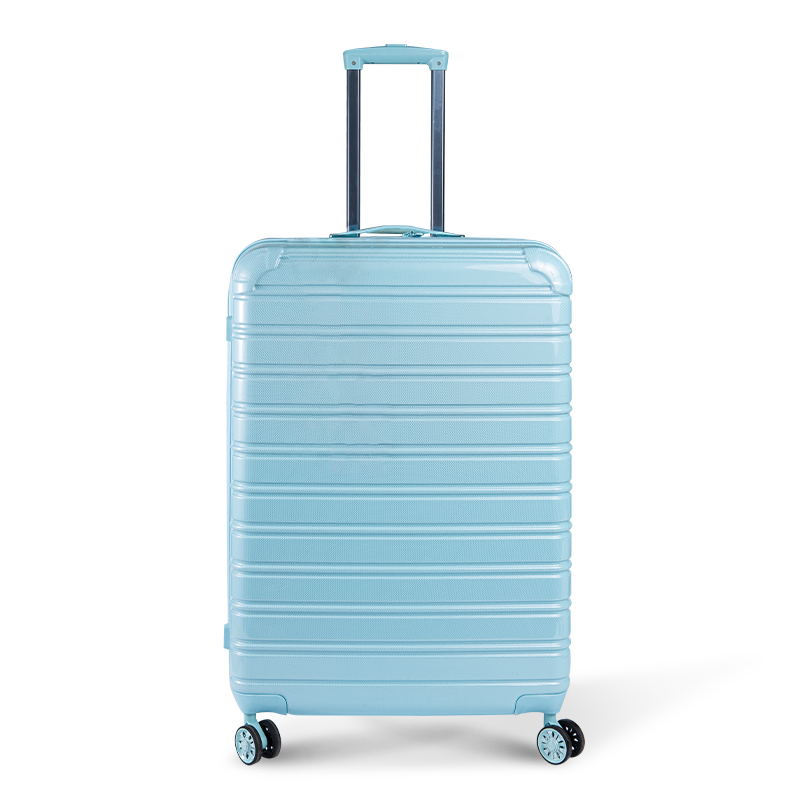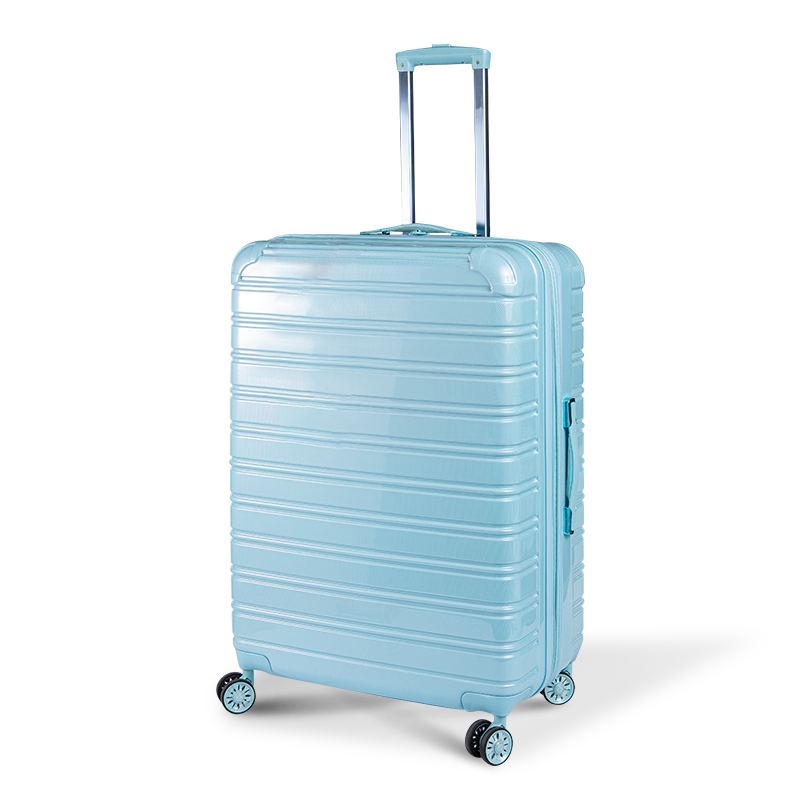When preparing for an outdoor adventure, selecting the right travel backpacks are crucial. A backpack is more than a storage solution; it is an essential companion that supports your journey, helps maintain comfort, and ensures that your gear is organized and accessible. Choosing the right backpack involves understanding your needs, the types of adventures you undertake, and the features that contribute to durability, comfort, and convenience.
Understanding Your Adventure Type
Before selecting a backpack, it is essential to understand the nature of your outdoor activities. Not all backpacks are designed for every type of adventure. Hikers, campers, mountaineers, and travelers have different needs.
Day trips and short hikes often require smaller backpacks, generally ranging from fifteen to thirty liters. These packs are lightweight and compact, perfect for carrying essentials such as water, snacks, a light jacket, and a first aid kit.
Overnight trips and multi-day hikes demand larger backpacks, typically between thirty to sixty liters. These backpacks can accommodate additional clothing, cooking equipment, and personal items. For longer treks, the size and comfort of the backpack are even more important, as you will carry it for extended periods.
Specialized outdoor activities such as climbing, skiing, or trekking in remote areas require backpacks designed for specific purposes. These may include specialized compartments for climbing gear, hydration systems for skiing trips, or reinforced structures for carrying heavier loads in mountainous regions.
Key Features to Consider
Selecting a travel backpack requires evaluating various features that affect comfort, durability, and practicality. The following are critical aspects to consider.
1. Capacity and Size
The size of the backpack should match the duration of your adventure and the volume of items you plan to carry. Carrying an oversized backpack can cause unnecessary strain, while an undersized pack may not hold essential gear. Assess your typical travel patterns, estimate your packing requirements, and choose a backpack that provides adequate space without being cumbersome.
2. Weight and Material
Outdoor backpacks are available in different materials, each offering varying levels of durability and weight. Lightweight materials reduce the burden on your back, while reinforced fabrics improve longevity. Nylon and polyester are common choices for travel backpacks due to their resistance to tears, abrasions, and water. Some backpacks feature water-resistant coatings or laminated fabrics to protect contents from rain or wet conditions.
The weight of the backpack itself is another consideration. A lighter backpack allows you to carry more supplies comfortably, but ensure that it does not compromise structural support or durability.
3. Comfort and Fit
Comfort is a key factor in choosing a travel backpack. A poorly fitted backpack can cause fatigue, back pain, or discomfort during long hikes. Look for backpacks with adjustable shoulder straps, padded back panels, and hip belts that distribute weight evenly.
Backpacks with ventilated back panels enhance airflow, reducing sweat accumulation during hot conditions. Adjustable straps allow the pack to sit snugly against your body, preventing movement and balancing weight distribution. Testing different backpacks before purchase or adjusting straps for a personalized fit can significantly improve comfort during outdoor adventures.
4. Organization and Accessibility
Outdoor adventures often require quick access to gear, snacks, water, and maps. A well-organized backpack has multiple compartments, pockets, and attachment points that allow you to store items efficiently. Internal compartments keep smaller items secure, while external pockets and loops can hold water bottles, trekking poles, or other frequently used equipment.
Some backpacks feature top-loading designs, making it easy to pack larger items, while others include front-loading or panel access for better organization. Consider the layout that best suits your packing style and ensures that your essentials are within reach.
5. Hydration Compatibility
Staying hydrated is essential during outdoor adventures. Many backpacks include dedicated compartments for hydration bladders and hose ports for easy drinking while walking or hiking. If you anticipate long hikes or warm conditions, a hydration-compatible backpack can reduce the need to stop frequently for water, improving convenience and efficiency.
6. Durability and Weather Resistance
Backpacks designed for outdoor use must withstand harsh environments. Reinforced stitching, durable fabrics, and protective coatings extend the lifespan of your backpack and protect your gear. Weather resistance is another critical factor. Water-resistant fabrics, rain covers, and sealed zippers help prevent moisture from damaging clothing, electronics, or camping equipment during rain or wet conditions.
7. Load Distribution and Suspension Systems
The ability of a backpack to distribute weight properly affects comfort and reduces the risk of injury. Backpacks with internal frames or suspension systems provide stability and improve load distribution. Hip belts transfer weight from the shoulders to the hips, reducing strain on your back. For heavy loads or extended hikes, backpacks with ergonomic designs and load-bearing systems are highly recommended.
8. Safety Features
Outdoor backpacks often include reflective elements, attachment points for emergency gear, or whistle buckles for safety. While not mandatory, these features can be beneficial for hiking in low-light conditions or for ensuring you are prepared in case of emergencies.
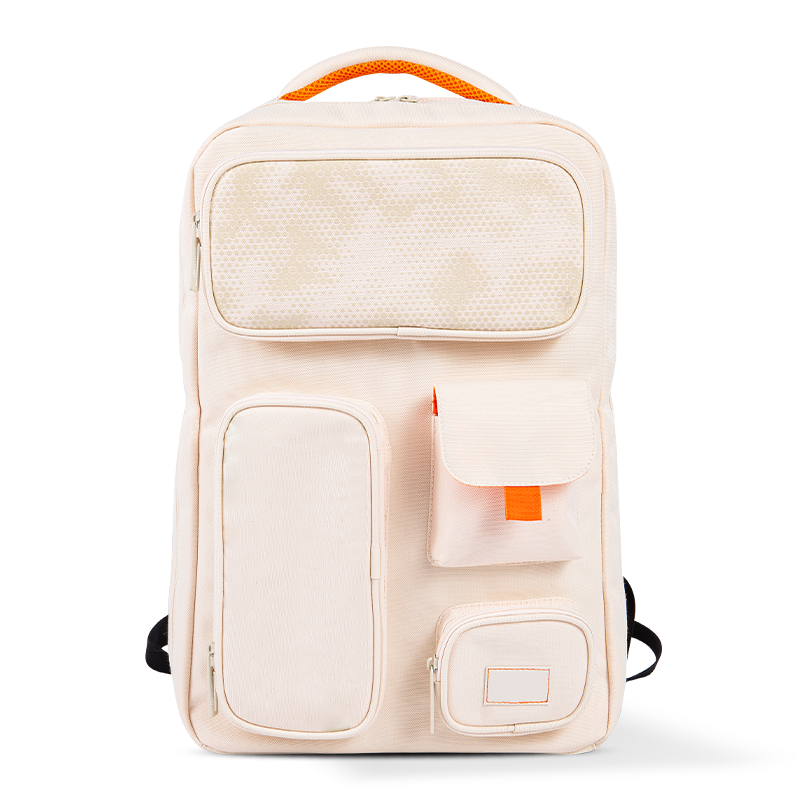
Choosing the Right Backpack for Specific Conditions
Outdoor adventures vary depending on climate, terrain, and duration. Selecting a backpack that aligns with these factors ensures a comfortable and safe journey.
Mountain and alpine hiking requires backpacks with strong frames, reinforced materials, and attachments for climbing gear. Stability and weight distribution are crucial in challenging terrains.
Tropical or rainy environments demand water-resistant backpacks, preferably with a rain cover or coated fabrics to protect your belongings from moisture.
Desert or hot climates require lightweight, breathable backpacks with ventilation to prevent excessive sweating and overheating.
Long-distance trekking benefits from backpacks with large capacity, ergonomic suspension systems, and multiple compartments for organized packing.
Practical Tips for Selecting a Travel Backpack
Test the backpack with weight: Before buying, fill the backpack with gear similar to what you will carry during your adventure. Walk around to assess comfort and fit.
Check strap adjustability: Ensure shoulder straps, chest straps, and hip belts can be adjusted to your body for proper load distribution.
Consider expandability: Some backpacks have expandable compartments that offer flexibility for varying packing needs.
Evaluate pocket placement: Check if pockets and compartments are accessible and suitable for storing frequently used items.
Review durability features: Inspect stitching, zippers, fabric thickness, and reinforced areas for signs of strong construction.
Think about maintenance: Backpacks should be easy to clean and maintain, especially if used in muddy or wet conditions.
Plan for weight distribution: Pack heavier items closer to your back and lower down to maintain balance and comfort.
Conclusion
Selecting the right travel backpack for outdoor adventures requires careful consideration of size, comfort, durability, organization, and compatibility with your activity type. By understanding your specific needs and evaluating critical features such as weight, material, suspension systems, and weather resistance, you can choose a backpack that enhances your adventure rather than hinders it.
A well-chosen backpack ensures that you carry your essentials efficiently, maintain comfort during long hikes, and protect your gear from environmental challenges. Investing time in selecting the right backpack pays off in safer, more enjoyable, and more organized outdoor adventures.

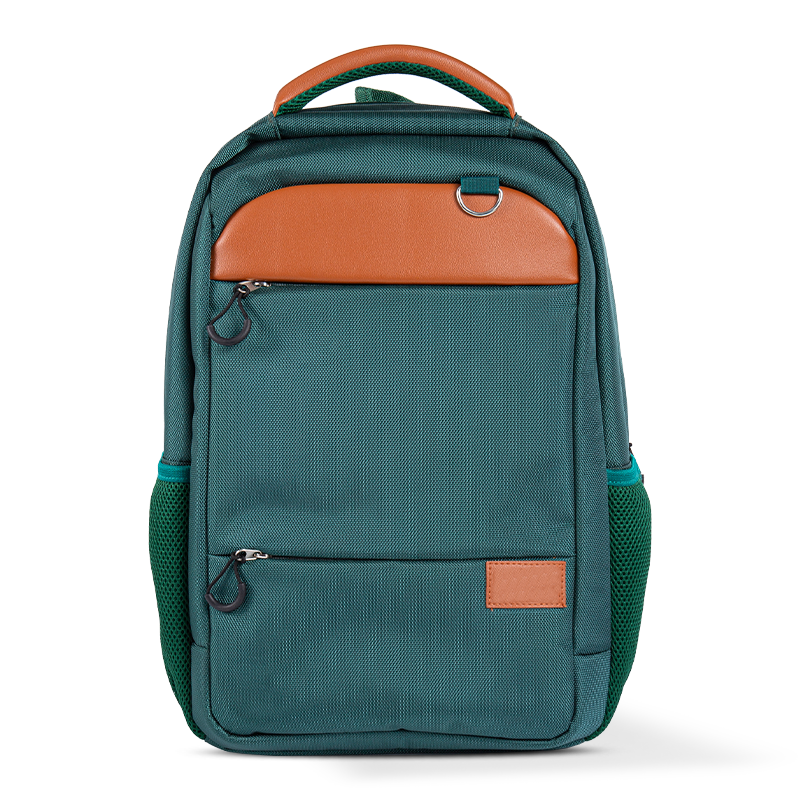
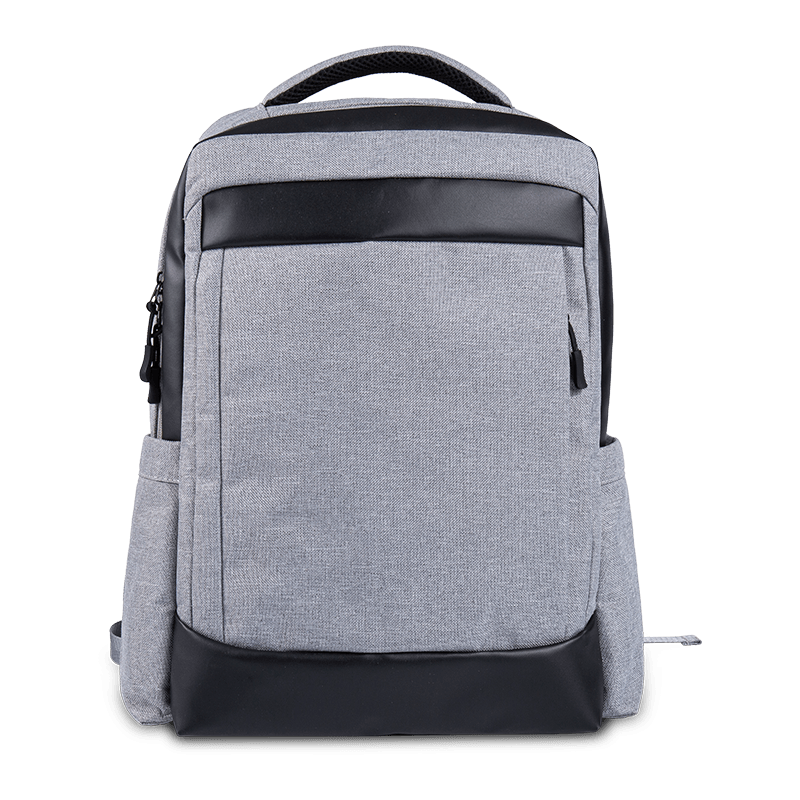
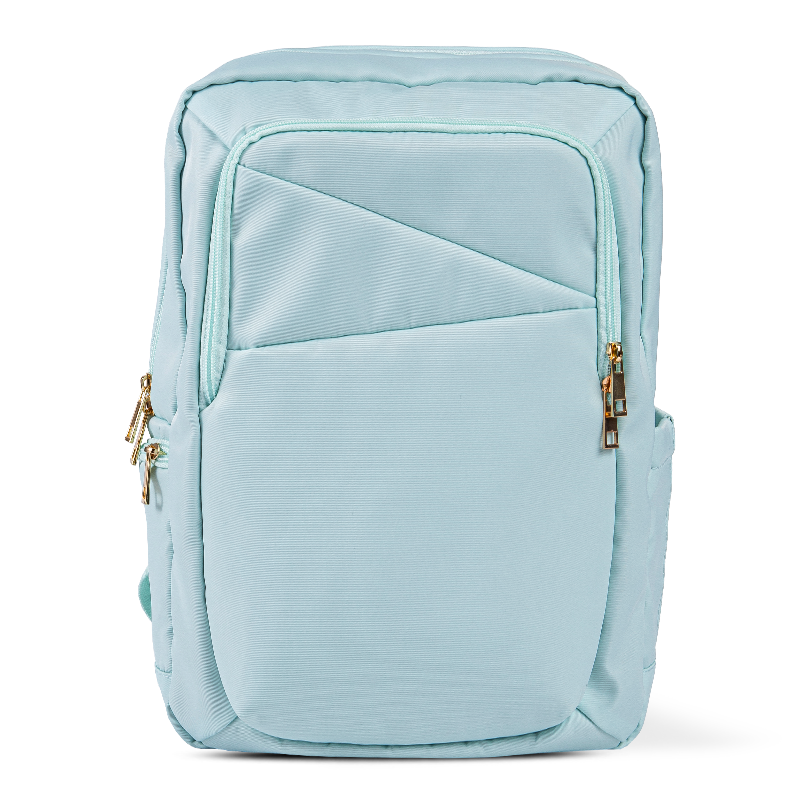
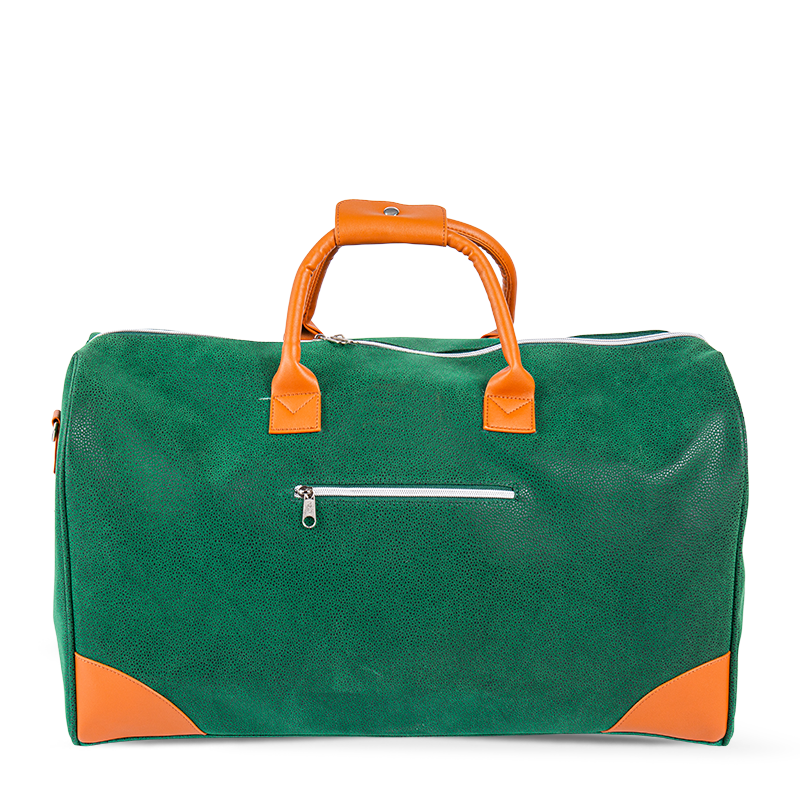

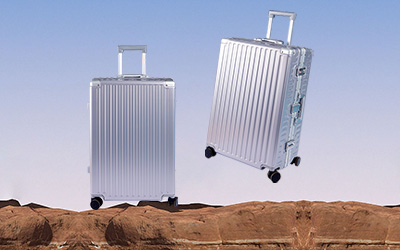
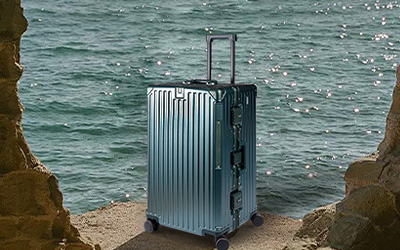
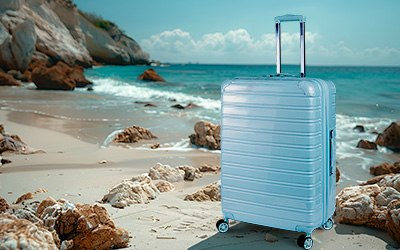
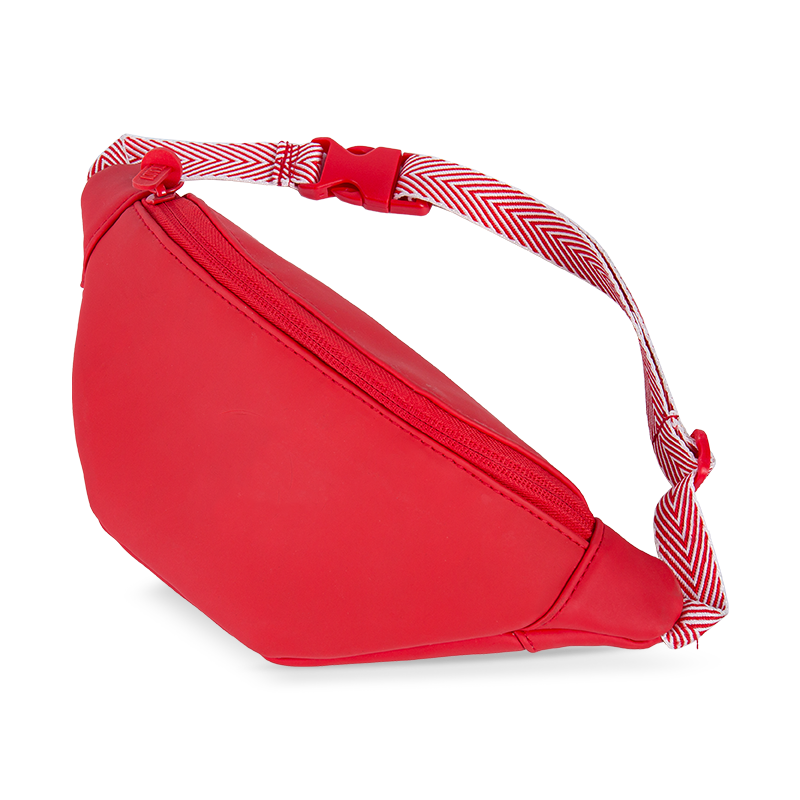
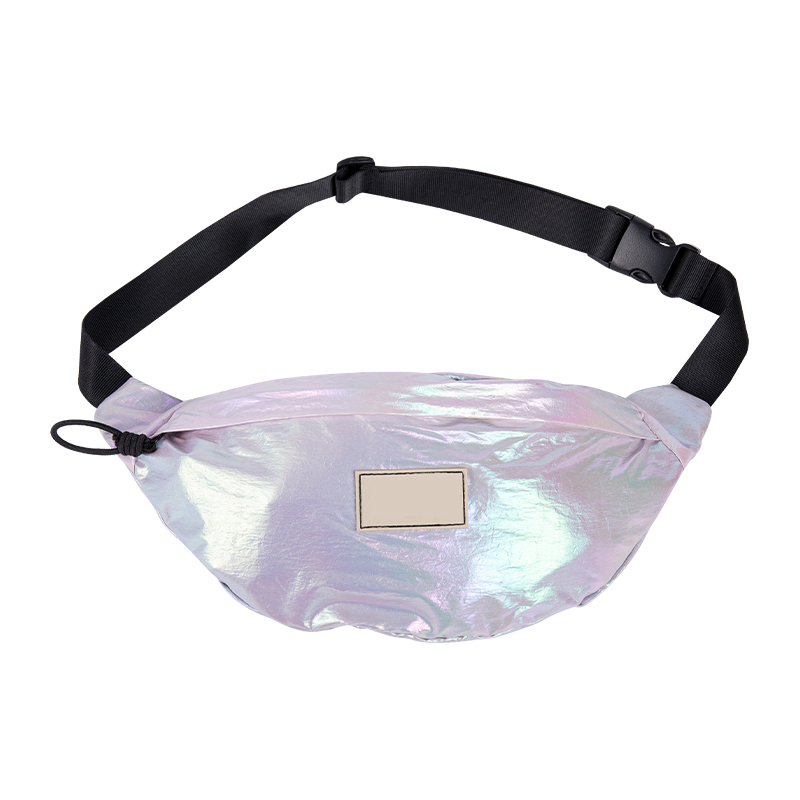
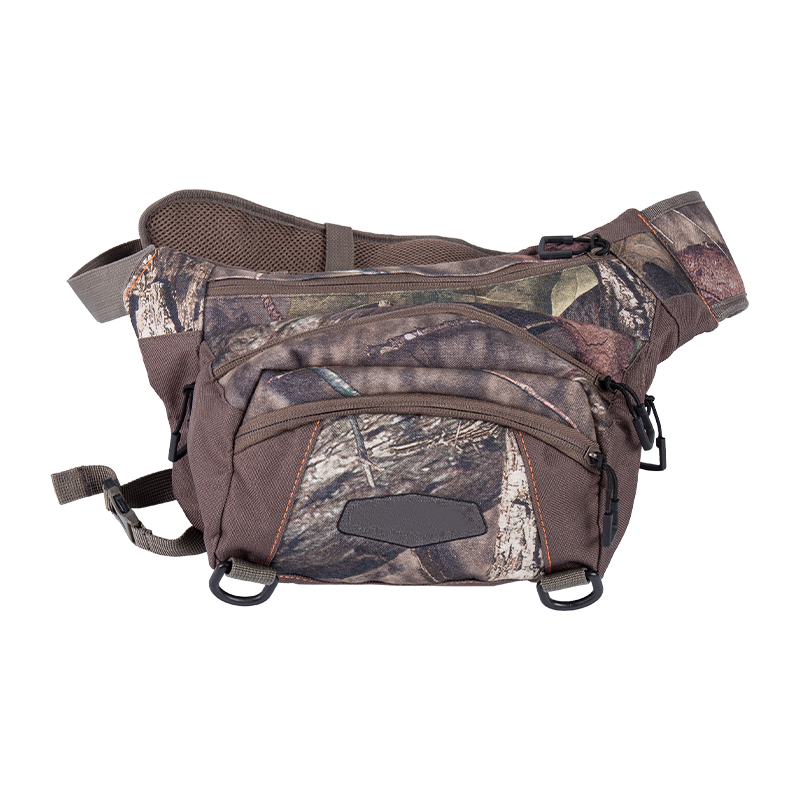



 English
English Español
Español عربى
عربى